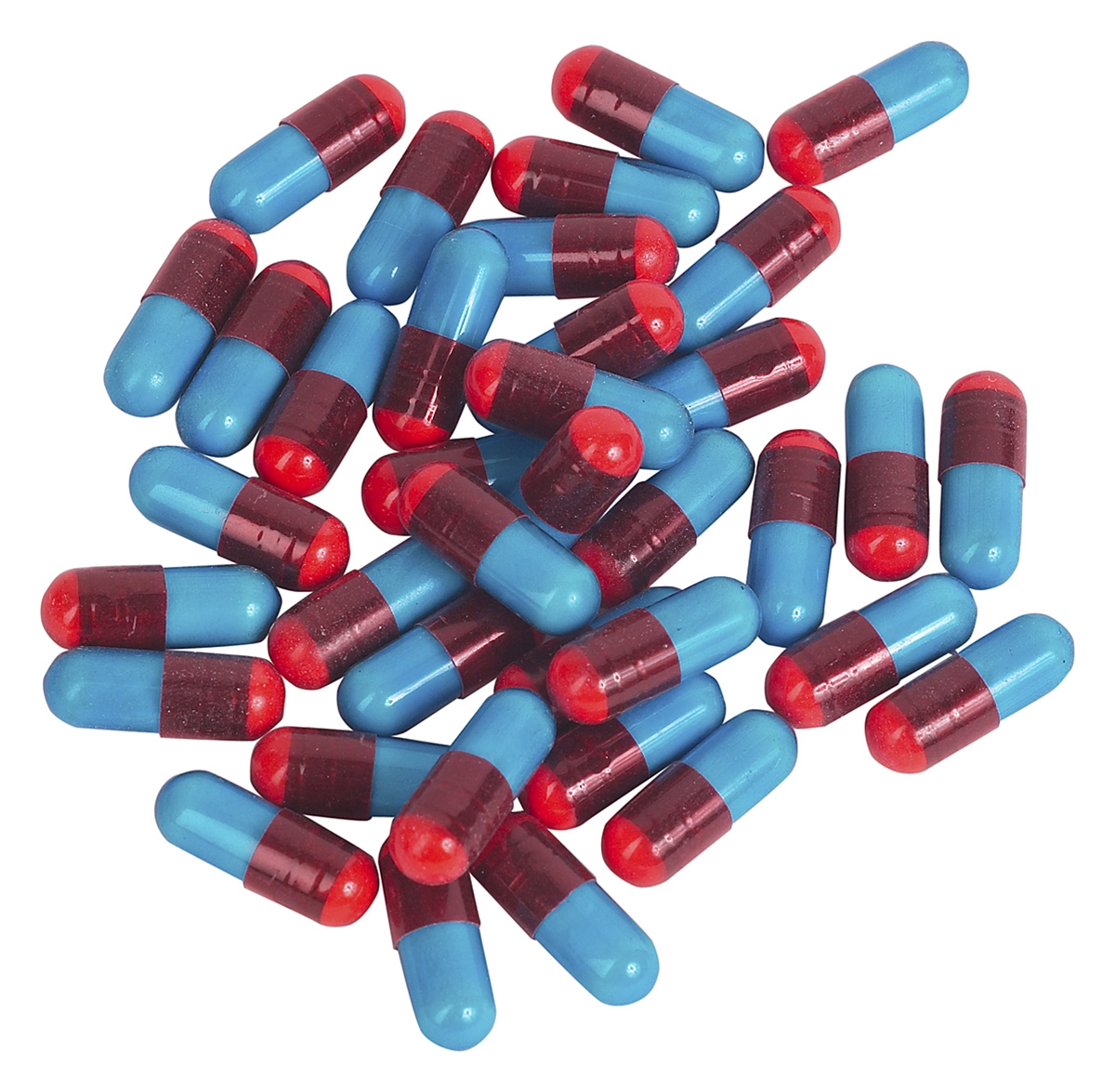Facts About Antibiotics
- Antibiotics is the name you use, the medicines that can kill bacteria or cause them to fail to grow
- antibiotics have no effect on the viruses
- In order to prevent the bacteria become resistant (resistant), it is important to keep the consumption of antibiotics in the whole of society to a minimum
- Have you started on a course of antibiotics, it is important that the cure is done completely done
What are antibiotics?

Antibiotics is a common name for the drug, which works by killing or inhibiting the growth of bacteria.
Antibiotics have no effect against viruses. The most common type antibiotics are penicillin, as there are many variants.
Consumption of antibiotics in South Africa remains low compared to other countries, but consumption has increased over the past decade.
Antibiotics are among the medical discoveries in the largest extent has contributed to improving the health of the population and increase longevity.
What is antibiotic resistance?
On and in our body is a large amount of bacteria. We have bacteria on the skin and mucous membranes, and they are found in large numbers in the intestine.
Alone in the oral cavity are more than a hundred different types of bacteria. These normal bacteria, also known as our normal flora has an important function to produce and maintain many of the substances that are necessary for skin and mucous membranes maintain their normal functions.
The bacteria live in a kind of mutual balance and normal bacteria helps to protect against bacteria that cause disease.
Most bacteria are killed or inhibited by the antibiotics. However, some bacteria can develop the properties that make that they are immune to antibiotics, which are called resistance. When giving antibiotics, the normal flora is suppressed, while the resistant bacteria will not be affected. During antibiotic therapy seems, therefore, that the resistant bacteria multiply, without being affected by the other bacteria.
As there may be as many resistant bacteria that they can cause disease.
When we get sick because. A bacterium that is resistant to penicillin, penicillin will not have any effect.
Multi-resistant bacteria means that the bacterium is resistant to many – or at worst all – the types of antibiotics that doctors have available. Infection with such bacteria is a major threat for patients and hospitals.
Factors affecting the development of resistance
- The research shows very clearly that the presence of resistant bacteria increases as the consumption of antibiotics in a society increases
- Normal flora disturbed most of broad spectrum antibiotics, namely so-called “strong antibiotics” that works on many types of bacteria
- Most bacterial infections are of no treatment. Usually you can wait 3-4 days before any antibiotic therapy should be started
- Viral infections are not affected by antibiotics, and the vast majority of respiratory infections caused by viruses in children and adults
Conclusion how will prevent the resistance?
Development of resistance is a growing threat that can be prevented. We prevent by knowing that:
- Antibiotics save lives and should be used when necessary
- Using the right type of antibiotic when antibiotics should be used
- Antibiotics are not necessary at all bacterial infections
- Do not use antibiotics for viral infections
